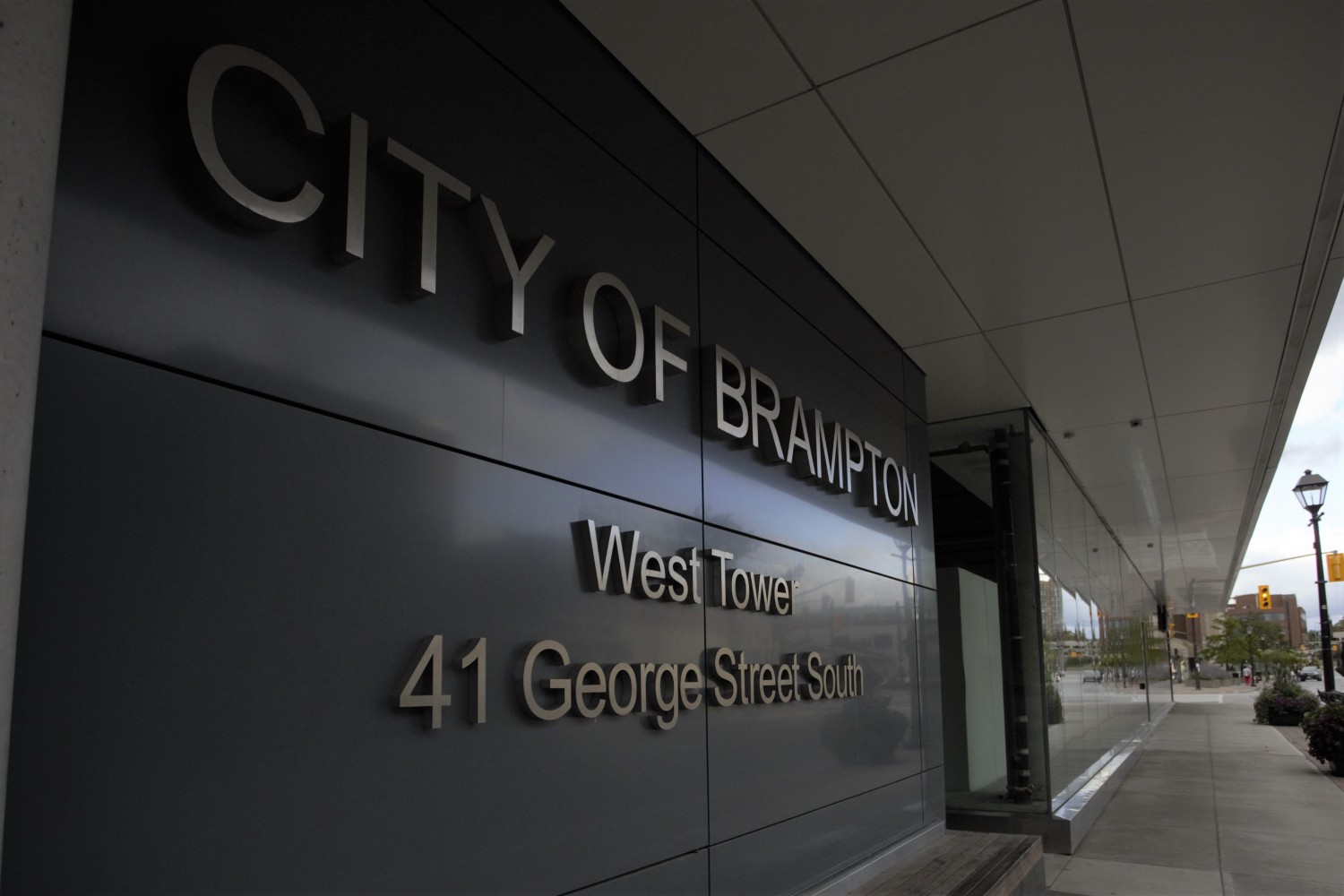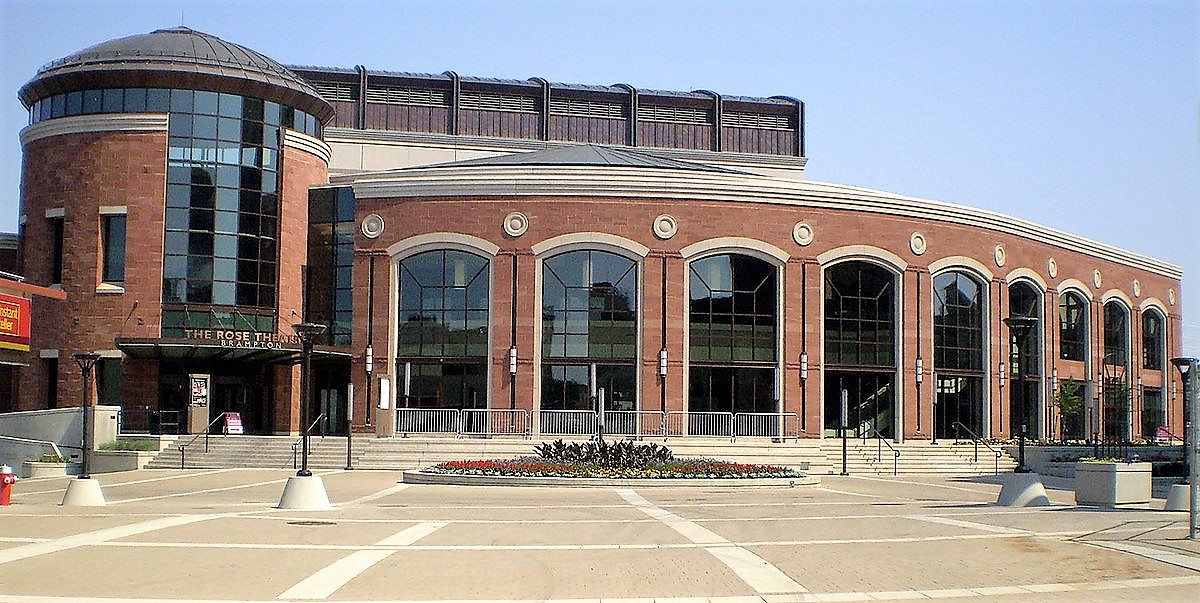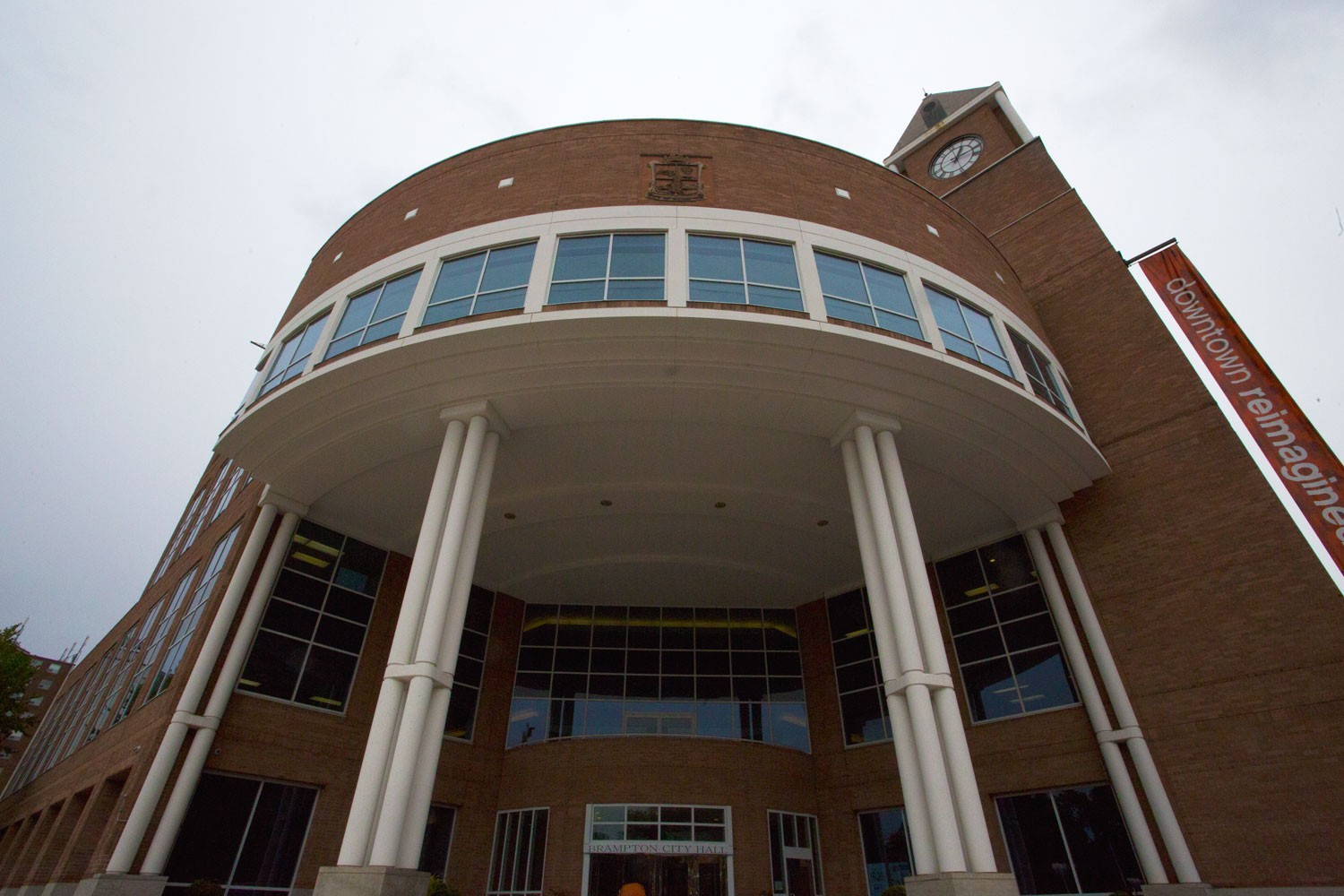
KPMG report paints rosy picture of Brampton finances, finds $9 million in potential savings
Phase one has been released of a long-awaited KPMG value-for-money audit of Brampton’s finances, and it presents the picture of a city with its house in order.
“Based on the documentation review, KPMG’s summary of findings notes that the City of
Brampton is a well-managed organization with strong financial practices,” states a summary of the report.
The benchmark findings, which compared the City of Brampton to six similar-sized municipalities—Mississauga, Ottawa, Markham, Hamilton, Saskatoon and Surrey—says “Brampton is financially well positioned but incurs an above-average expense per
capita for the delivery of several services including parks, recreation, road maintenance,
and winter control.”
Mayor Patrick Brown campaigned on a platform of fiscally responsible governance, emphasizing the need for a zero-percent tax increase, offsetting Brampton’s relatively high tax burden through seeking outside investment and conducting the value-for-money audit. The Pointer reached out to the mayor’s communications office for comment, but has received no response.

During last year's mayoral campaign, candidate Patrick Brown promised to get the city's finances in order
Brown’s designs on the city were met with reluctance by the previous CAO, Harry Schlange, who, ironically, had been brought in by the mayor’s predecessor, Linda Jeffrey, as an agent of change and fiscal responsibility. City council fired Schlange not long after he suggested the audit wasn’t needed and stated his belief that conducting it would “paralyze much of the operations” of city staff.
The city’s good financial standing is illustrated by the relationship between cash reserves and liabilities. Brampton has a relatively low debt burden, with liability of $960 per capita. The only comparator municipality with a lower ratio is Markham, at $949 per capita, both well below the seven-city average of $2,311 per resident.
Brampton appears to have relatively healthy cash reserves as well. Per capita funds sit at $462 per head, well above the average, $296, among the other benchmarked cities. Total cash reserves grew between 2013 and 2017 from $185 million to $297 million, a 61 percent increase.
Revenues, however, for each of the listed departments are still well below the expenses mark. Parks earn the city only $1 million compared to $59 million in expenses, which is above the $48 million average expenditure benchmark.
Recreation program fees bring in roughly $26 million compared to $83 million spent. Planning earns $4 million revenue and is noteworthy because it is the only listed category where Brampton’s expenses are below the average benchmarks. Earnings for parks, recreation programs and planning were all below average.
The city may be “well-managed” with “strong fiscal practices,” but the audit still lists roughly $9 million in “efficiencies” to be found through outsourcing certain services. Brampton’s theatre scene—which includes the Rose Theatre, Lester B. Pearson Memorial Theatre and Cyril Clark Library Lecture Hall—could net the city “estimated operating and capital efficiencies above $1 million per year.”

The Rose Theatre
KPMG did an audit of these Brampton venues in 2013 and found that the city subsidized them to the tune of $29 million in the five years leading up to the audit. The numbers were especially awkward considering, according to KPMG, that the theatres had posted budget deficits ranging from $1.7 million (2011) to $2 million (2012). As a result of the review, the firm recommended the city operate the theatres under a new third-party model, whereby the municipality retains ownership of the facilities but gives an outside party responsibility for running them.
The other two options involved turning the theatres into wholly owned subsidiaries of the city under a non-profit model, and a city-owned model whereby the theatres are directly operated by the city’s community services department.
Looking more deeply at public transportation, KPMG advocated for a microtransit model. Microtransit, a type of “demand responsive transit,” would put smaller, minibus-style vehicles on fluid routes, rather than larger buses with fixed paths and stops, the more familiar style of service provided in larger cities and the model used by Brampton Transit and its Züm service.
Smaller buses would allow operators to pick up and drop off passengers inside residential neighbourhoods, providing an advantage over larger city buses. Microtransit has been informally used in many African, Middle Eastern and Asian countries. The Kenyan Matatu, or the Ghanian trotro, for example, are a form of transit halfway between buses and taxis, owned and operated by private citizens looking to make a buck.
Oakville Transit introduced a form of microtransit in 2015 called Home to Hub, which uses minibuses to offer pick-up and drop-off at the end of the user’s driveway, travelling to and from transit hubs (GO stations, downtown and the uptown core bus hub); the on-demand service can be booked on a phone, online or with a mobile app.
The idea is now being explored by many cities across North America, such as Longueuil, Quebec; Austin, Texas; and Los Angeles, using digital technology to create dynamic routes based on hour-by-hour demand. That would reduce on-the-fly planning for the driver and save time and fuel. KPMG estimates that transitioning to such a model would provide the city with $3 million in savings.

Other efficiencies could be realized, according to KPMG, if the city were to switch to a more thorough e-government model where transactions involving city services could be done online or through a mobile app, which could save the city $1 million a year. Outsourcing facilities management and horticultural operations would save $3 million and $1 million respectively.
There does appear to be a discrepancy in some of the numbers compared with an internal audit conducted in 2017, even though most of the numbers in the new report are from the same year. The firm reports that recreation programs have expenses of $83 million. When the $59 million in liabilities are added from parks programs, that total jumps to $142 million. That is still lower than the $179 million reported by the City of Brampton’s internal audit for that year.
The same internal audit reported $25 million in expenses for planning and development, yet KPMG says the cost of doing business for the department in 2017 was $18 million. The difference in numbers could be the result of internal changes in priorities, which could result in slightly fewer costs. The Pointer reached out to the city of clarification, but none was provided by the deadline.
Phase two of the report will look at departmental efficiencies studies.
Email: [email protected]
Twitter: @mansoortanweer
Submit a correction about this story


